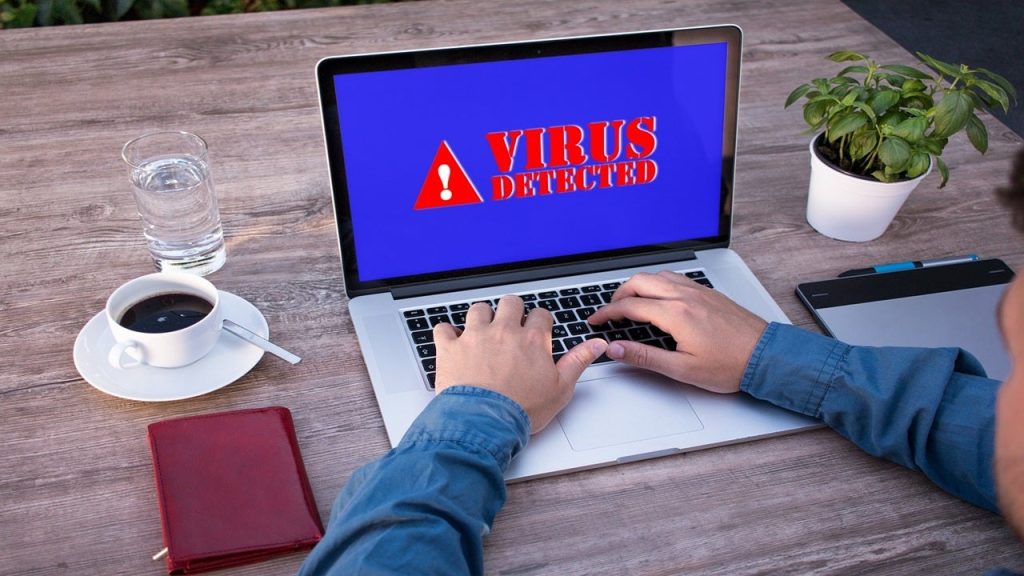A new cyber threat called “doubleclickjacking” has emerged, potentially compromising the security of users by exploiting their everyday online actions. This advanced technique extends beyond traditional clickjacking, allowing cybercriminals to take unauthorized control of personal accounts and devices through a seemingly innocent double-click. As double-clicking is an automatic behavior for many users, understanding the risks and protective measures is crucial to safeguarding personal information and device integrity.
| Article Subheadings |
|---|
| 1) Understanding Doubleclickjacking |
| 2) The Threat of Doubleclickjacking |
| 3) The Mechanism Behind Doubleclickjacking |
| 4) Preventive Measures Against Doubleclickjacking |
| 5) Conclusion and Key Takeaways |
Understanding Doubleclickjacking
Doubleclickjacking is a sophisticated evolution of the previously known clickjacking technique. Clickjacking typically involves deceiving a user into clicking on a hidden or disguised layer over a web element, which allows a hacker to execute unintended actions. With doubleclickjacking, the attack is intensified; it is triggered by the unsuspecting user’s action of double-clicking, thus enabling the injection of additional commands. The first click may appear to perform a standard function, while the second click executes the hacker’s hidden directives, thereby compromising security.
The Threat of Doubleclickjacking
The primarily alarming aspect of doubleclickjacking is its stealthiness. Users generally perform double-click actions without reflection, making this method particularly advantageous for malicious operators. Such interactions could unwittingly grant hackers access to various digital functionalities, including:
- Activating your webcam or microphone
- Changing your web browser’s settings
- Authorization of hidden pop-up prompts
- Disclosing your geographical location
- Confirming logins, payments, and even cryptocurrency transactions
Many website designs do not account for this specific threat, primarily focusing on single clicks for security measures. As a result, the introduction of a second click can breach established defenses, potentially allowing nefarious parties to infiltrate sensitive areas of a user’s device or accounts.
The Mechanism Behind Doubleclickjacking
The methodology of doubleclickjacking can be summarized as follows: a malicious site loads concealed elements, such as an invisible frame or masked button, lying beneath genuine interactive elements. Upon the user’s first click, these components are repositioned, serving the hacker’s interests for the subsequent click. When the user executes a double-click, they unknowingly engage with these hidden commands — potentially giving consent for actions like logging in or adjusting privacy settings. This entire operation occurs within a blink of the eye, making it practically undetectable from the user’s perspective.
Preventive Measures Against Doubleclickjacking
To fortify against the risks posed by doubleclickjacking, users should employ a series of strategic practices, which include:
1. Exercise caution with double-clicking on unfamiliar sites: Individuals should avoid mindless clicking. If prompted to double-click on websites—especially for logins, downloads, or permissions—it is wise to critically assess the necessity of such actions.
2. Regularly update browsers: Keep web browsers like Chrome, Edge, and Safari current, as they push out updates to patch vulnerabilities promptly. Activate automatic updates when possible to ensure optimal protection against emerging threats.
3. Utilize robust antivirus software: Install reputable antivirus solutions to preemptively disable harmful scripts and notify users of potential scams, thereby safeguarding personal information from malicious incursions.
4. Maintain strong, unique passwords: Users should refrain from reusing passwords across multiple accounts. Adopting a password manager can help streamline the creation and secure storage of complex passwords.
5. Manage permissions judiciously: Regularly scrutinize which websites are permitted to access your device features, such as camera and microphone. Revoke permissions for any sites that do not warrant access.
6. Avoid suspicious websites and pop-ups: Users should steer clear of websites that seem outdated, unreliable, or pushy. Downloads or pop-up notifications promising prizes or requiring immediate action should be treated with skepticism.
Conclusion and Key Takeaways
Doubleclickjacking represents a modern adaptation of traditional hacking methods, leading to significant risks for unassuming internet users. Given the nature of web browsing behaviors, being vigilant and educated about this form of attack is essential. Proactive measures such as browser updates and a cautious approach to online interactions can mitigate the risk of falling victim to such tactics. By implementing effective digital security practices, users can better protect themselves from cyber threats of this nature.
| No. | Key Points |
|---|---|
| 1 | Doubleclickjacking is an advanced form of clickjacking that exploits double-click actions. |
| 2 | Users risk inadvertently granting access to sensitive information through double clicks. |
| 3 | The technique takes advantage of design flaws in web security that fail to address dual clicks. |
| 4 | Preventive measures include cautious clicking, updating software, and managing permissions. |
| 5 | Maintaining strong security practices is essential in circumventing the risks of doubleclickjacking. |
Summary
The emergence of doubleclickjacking illustrates the need for heightened awareness regarding internet security practices. As cyber threats continue to evolve, staying informed about contemporary schemes is imperative for safeguarding digital life. Users are encouraged to adopt prudent online habits, keep software updated, and employ robust security tools to defend against potential invasions.
Frequently Asked Questions
Question: What is doubleclickjacking?
Doubleclickjacking is a cyber attack that exploits the user’s action of double-clicking on a website, allowing malicious actors to execute unauthorized commands invisible to the user.
Question: How can I protect myself from doubleclickjacking?
You can protect yourself by avoiding double-clicking on unfamiliar websites, keeping your browser updated, using strong antivirus software, and managing website permissions.
Question: Is doubleclickjacking a new threat?
Doubleclickjacking is a modern variation of existing clickjacking techniques, representing an evolution in cyberattack methods that exploit users’ online behavior.


